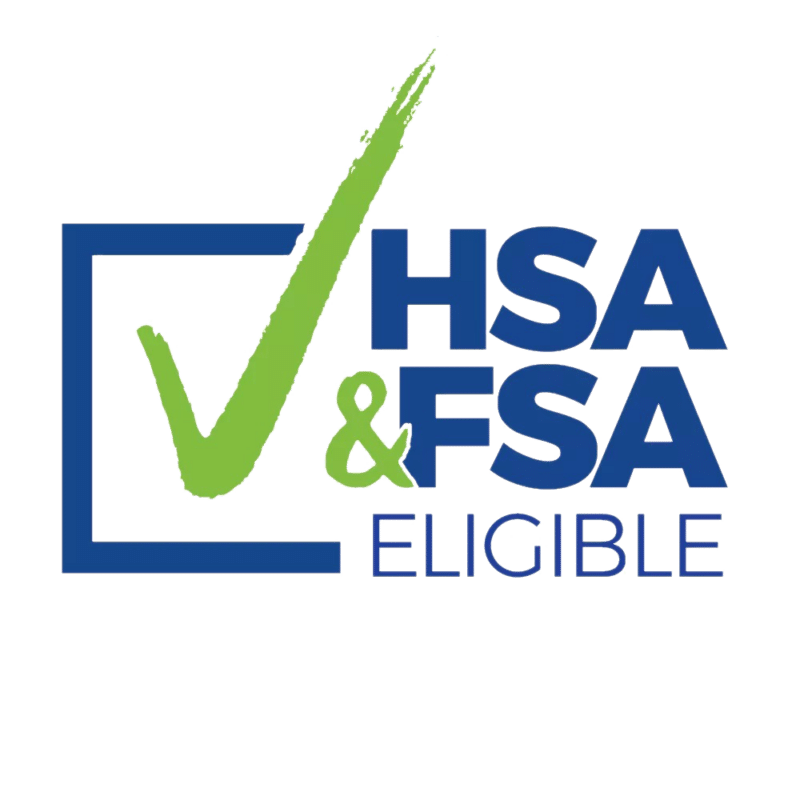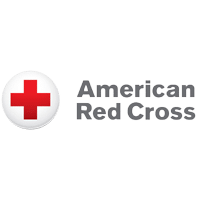No products in the cart.
Uncategorized
Understanding the Difference Between Cardiac Arrest, Heart Attack, and Stroke
In the realm of cardiovascular health, terms like cardiac arrest, heart attack, and stroke are often used interchangeably, leading to confusion. However, these conditions are distinct medical emergencies, each with unique causes, symptoms, and treatments. Understanding the differences between them is crucial for timely intervention and effective care.
In this article, we will explore each condition in detail, helping you recognize the signs and understand the importance of immediate medical attention.
What is Cardiac Arrest?
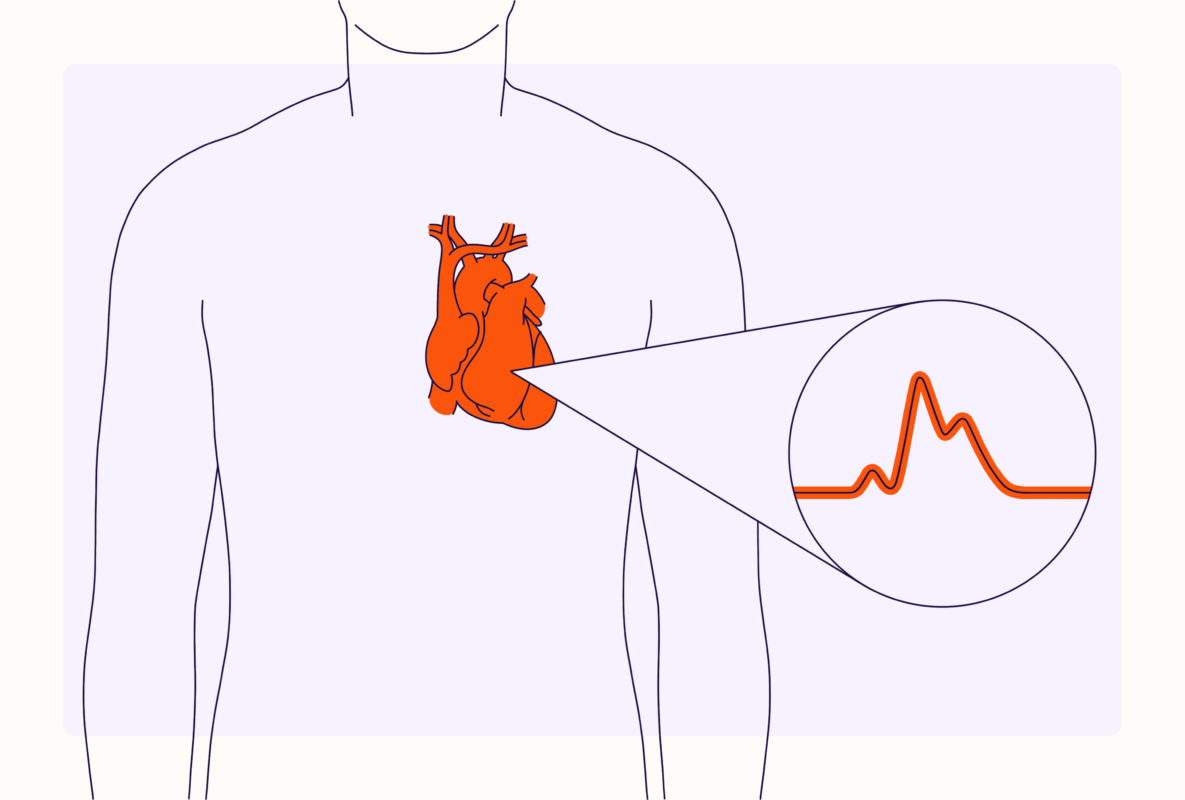
Definition and Causes
Cardiac arrest occurs when the heart suddenly stops beating, leading to a cessation of blood flow to the brain and other vital organs. This condition can be caused by various factors, including:
- Coronary artery disease: The most common cause, where arteries become narrowed or blocked.
- Arrhythmias: Irregular heartbeats that can disrupt the heart’s ability to pump effectively.
- Heart failure: A condition where the heart is unable to pump blood efficiently.
- Electrolyte imbalances: Abnormal levels of potassium, magnesium, or calcium can affect heart rhythm.
Symptoms
The symptoms can be sudden and dramatic, often including:
- Loss of consciousness
- Absence of pulse
- No breathing or abnormal breathing (gasping)
- Seizures
Treatment
Immediate treatment is critical for survival. The following steps can be life-saving:
- Call emergency services: Dial your local emergency number immediately.
- Begin CPR: Perform chest compressions to maintain blood flow until help arrives.
- Use an AED: If available, an Automated External Defibrillator can restore a normal heart rhythm.
What is a Heart Attack?
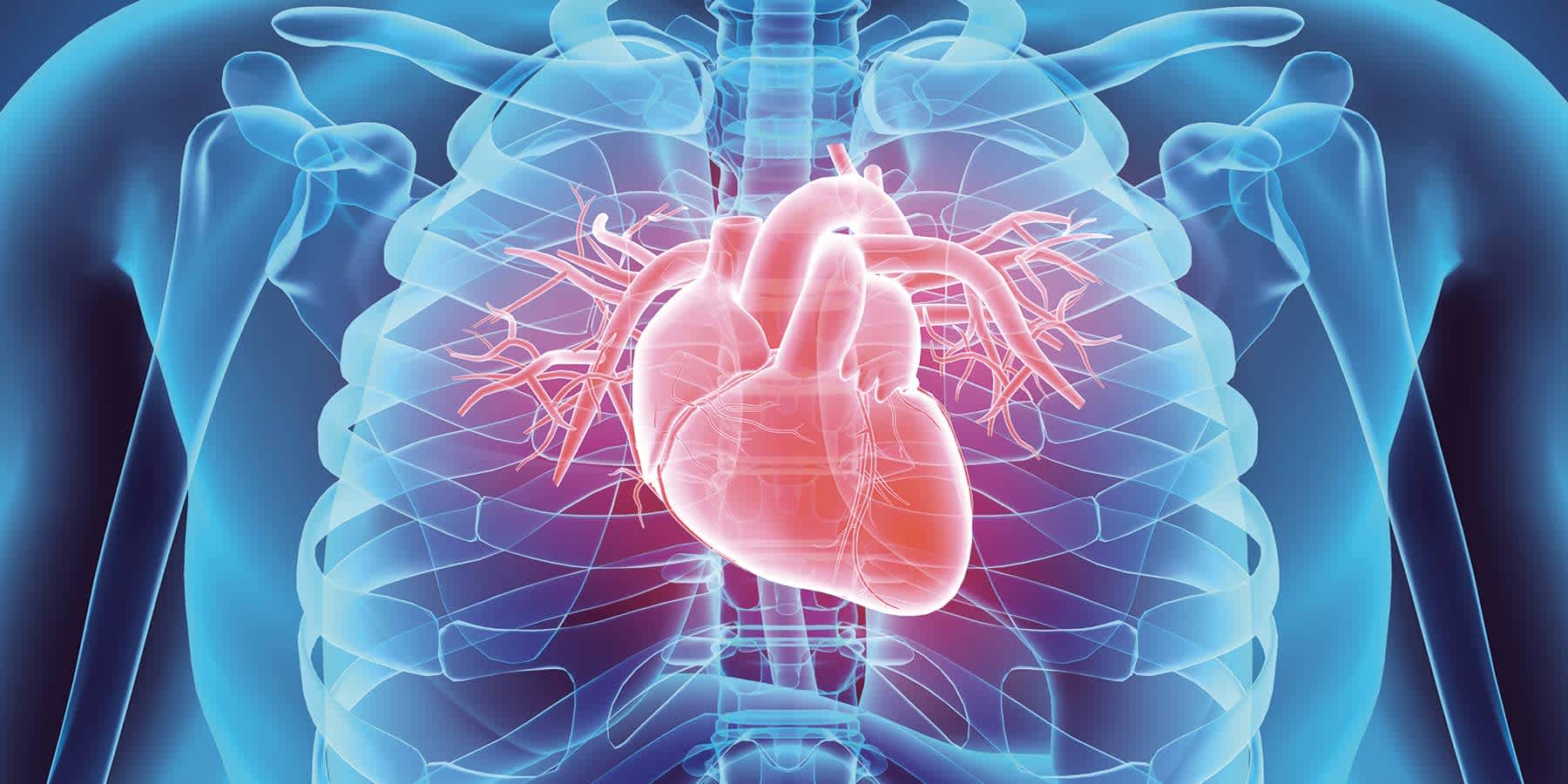
Definition and Causes
A heart attack, or myocardial infarction, occurs when blood flow to a part of the heart is blocked, usually by a blood clot. This blockage can damage or destroy heart muscle. Common causes include:
- Coronary artery disease: The primary cause, where plaque buildup narrows the arteries.
- Spasm of coronary arteries: Temporary tightening of the arteries can restrict blood flow.
Symptoms
Symptoms can vary widely but often include:
- Chest pain or discomfort (often described as pressure or squeezing)
- Pain in the arms, back, neck, jaw, or stomach
- Shortness of breath
- Cold sweat, nausea, or lightheadedness
Treatment
Prompt treatment can minimise heart damage and improve outcomes:
- Medications: Aspirin, clot busters, and blood thinners can help restore blood flow.
- Surgical interventions: Procedures like angioplasty or coronary artery bypass grafting (CABG) may be necessary.
- Lifestyle changes: Post-recovery, adopting a heart-healthy lifestyle is crucial for prevention.
What is a Stroke?
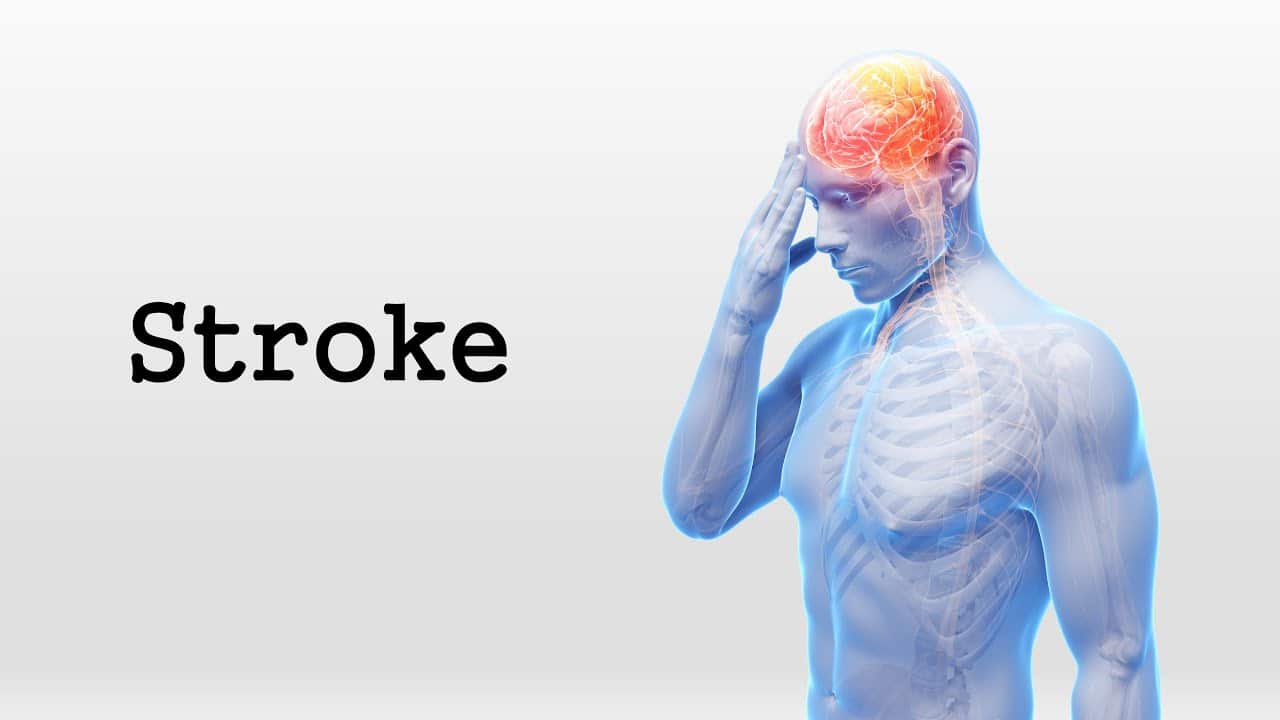
Definition and Causes
A stroke occurs when blood flow to the brain is interrupted or reduced, depriving brain cells of oxygen and nutrients. There are two main types of strokes:
- Ischemic stroke: Caused by a blockage in a blood vessel supplying blood to the brain.
- Hemorrhagic stroke: Occurs when a blood vessel in the brain bursts, leading to bleeding.
Symptoms
Recognizing symptoms quickly is vital, and the acronym FAST can help:
- Face drooping: One side of the face may droop or feel numb.
- Arm weakness: One arm may feel weak or numb.
- Speech difficulties: Speech may be slurred or difficult to understand.
- Time to call emergency services: If any of these symptoms are present, seek help immediately.
Treatment
Stroke treatment depends on the type:
- Ischemic stroke: Clot-busting drugs (thrombolytics) can restore blood flow if administered within a few hours.
- Hemorrhagic stroke: Surgical intervention may be required to repair blood vessels or relieve pressure in the brain.
Key Differences Between Cardiac Arrest, Heart Attack, and Stroke
| Feature | Cardiac Arrest | Heart Attack | Stroke |
| Definition | Heart stops beating | Blood flow to the heart is blocked | Blood flow to the brain is interrupted |
| Symptoms | Sudden collapse, no pulse | Chest pain, shortness of breath | Face drooping, arm weakness, speech difficulties |
| Causes | Arrhythmias, heart disease | Coronary artery disease, blood clots | Ischemic or hemorrhagic events |
| Immediate Action | Call emergency services, CPR | Call emergency services, medications | Call emergency services, time-sensitive treatment |
| Long-term Effects | High risk of death without intervention | Heart damage, potential heart failure | Brain damage, disability, or death |
Prevention Strategies
Lifestyle Changes
Preventing these conditions involves adopting a heart-healthy lifestyle:
- Regular exercise: Aim for at least 150 minutes of moderate aerobic activity per week.
- Balanced diet: Incorporate fruits, vegetables, whole grains, and lean proteins while limiting saturated fats and sugars.
- Avoid smoking: Smoking increases the risk of heart disease and stroke.
- Manage stress: Practise relaxation techniques such as meditation or yoga.
Regular Check-ups
Routine medical check-ups can help identify risk factors early. Key screenings include:
- Blood pressure monitoring
- Cholesterol level checks
- Diabetes screening
Conclusion
Understanding the differences between cardiac arrest, heart attack, and stroke is essential for recognizing symptoms and acting quickly in emergencies. By being informed and proactive about your heart health, you can reduce your risk of these serious conditions.
FAQs
Q1: What is the main difference between cardiac arrest and a heart attack?
A: Cardiac arrest is when the heart suddenly stops beating, while a heart attack is caused by a blockage in blood flow to the heart, which can lead to damage or death of heart muscle.
Q2: Can a heart attack cause cardiac arrest?
A: Yes, a heart attack can sometimes trigger a cardiac arrest, especially if the heart attack is severe and causes significant damage to the heart muscle.
Q3: What should you do if you suspect someone is having a stroke?
A: If you suspect someone is having a stroke, remember the acronym FAST: Face drooping, Arm weakness, Speech difficulties, Time to call emergency services. Call emergency services immediately if any of these signs are present.
Q4: How can you prevent a heart attack or stroke?
A: You can prevent heart attacks and strokes by maintaining a healthy lifestyle, including regular exercise, a balanced diet, avoiding smoking, and managing stress. Regular check-ups with your doctor to monitor blood pressure, cholesterol, and diabetes are also important.
Q5: What is the most common cause of cardiac arrest?
A: The most common cause of cardiac arrest is coronary artery disease, where the arteries become narrowed or blocked, restricting blood flow to the heart.



